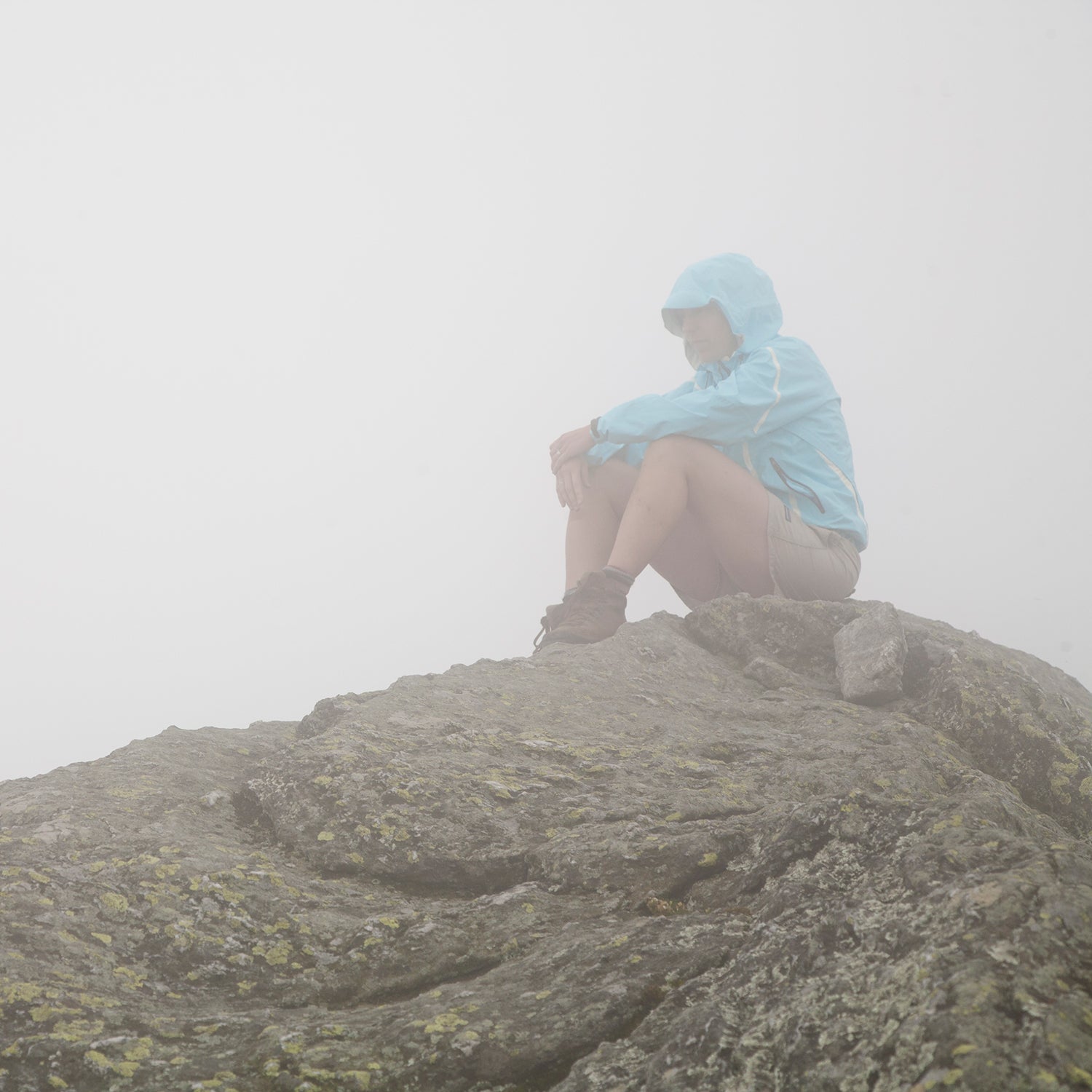Having a device like a Garmin InReach is great, but only if you know how to use it. To find out what to do when things go sideways, we talked to Wyoming-based Nadia Kimmel, founder of , who has been teaching wilderness medicine for 25 years.
“When I’m no longer able to self-rescue, and if there’s no other way to get out, then I’m pressing SOS,” Kimmel says. “Don’t wait until someone is on the verge of not making it, because they may not make it.”
Avoid Rookie Mistakes
“So many people get lost,” Kimmel says. “Knowing how to stay found is important.” And that begins at home. Have a navigational tool, such as Gaia, and know how to use it. Leave a trip plan (the backcountry mapping app is a great resource) with a friend who knows when to sound the alarm if you’re not back, or leave your plans in the console or glove box in your car. SAR will likely break in to look for information if you’re reported overdue.
Bring what you need. Be sure to carry a battery pack in the backcountry—a lot of these safety tools, like phones, headlamps, and satellite devices, need to stay powered on to be helpful. An insulated pouch with a hand warmer inside can help keep your phone warm in winter.
And make sure you have the training to help yourself. Many backcountry skiers have an Avalanche Level 1 course but no . “So they unbury someone, and then what?” Kimmel asks. “They’re not breathing, but they have a pulse—now what do they do? Or the person is violently shivering. What do you do with the injured person? You need to know how to deal with that.”
Bring the Right Tool
It’s best to have a satellite device with two-way communication so you can talk with someone about your situation. If you have a one-way device, all you can do is press a button and wait. Search and rescue has no idea what they’re in for, and you don’t know when—or if—someone is coming to help. “If you have a two-way device and have any doubt about whether to call, you should just call,” Kimmel says.
Whatever device you have, know what happens when you activate it. Two-way satellite messengers like a Garmin InReach or SPOT X device require a subscription. They communicate through a private communications company, and a Texas-based search-and-rescue center coordinates the rescue. Other personal locator beacons use military satellites. For these, you don’t need a subscription, but they’re only for SOS signals and must be registered with NOAA. Pressing the button on those devices alerts the military, but can come with a penalty. “Do some research and figure out what’s best for you,” Kimmel says. “But know that a two-way communication device makes rescues much easier.”

A one-way communication device sends out an SOS signal with your GPS coordinates. But you should only press the button when you know you’re in a situation you can’t get out of. Before you activate it, check to see if you have cell service. If so, calling 911 is the better bet. “The most important information to give,” Kimmel says, “is your name, your organization (if you’re working commercially), the GPS coordinates of your location (or miles from a trailhead or mile marker on a river), what your emergency is (for example, a broken femur), and that you need a rescue. If your phone dies, at least they know who you are, where you are, what’s going on, and that you need help.” Using a cellphone to find your coordinates is simple. You can download or , which gives you coordinates when you open it and facilitates texting with 911 in some 1,500 U.S. counties.
“If you have one bar of service and can’t make a call, you can text 911 and include those five pieces of information,” Kimmel says. If you don’t have a signal at all, keep your phone on and try to call 911. A cellphone is always trying to ping a tower. If you’re lost and someone reports that you’re overdue, SAR can start triangulating your location. This, of course, could take days, but it’s something.
Call for Help the Right Way
Once you decide you need a rescue, the two most common mistakes are waiting to call until it’s too late and moving once you do call. Don’t get yourself into a worse situation than you already are. Every year on Colorado’s 14,000-foot Maroon Bells, for example, people decide to take shortcuts and get cliffed out or die from rockfall. “Maybe they’re off-route on a mountain,” Kimmel says, “and they think, ‘I can’t stay on this tiny ledge,’ and then they move to a more precarious place and get into deeper trouble.”
Once you initiate a rescue, stay put. “Make sure you’re in a safe place where you can hunker down before you hit the button,” Kimmel says. “It’s hard to find a moving target. Don’t move unless search and rescue asks you to.”
Visibility is also important. If you’re in a forest, perhaps someone can walk to a nearby clearing and hang up some colorful clothing. After dark, a rescue pilot’s night-vision goggles will be able to pick up any kind of light source (headlamp, lighter, phone), which can help rescuers find you. “If a helicopter flies past you and leaves, don’t panic—they’re likely scouting a landing—but if you think it hasn’t seen you, you should try and be more visible.” she says. This, of course, is where two-way communication also comes in handy. You can simply call and say they flew right over you, and they’ll double back.
Finally, expect a long wait. The average rescue takes two to eight hours, but that varies in inclement weather or complex terrain. “When rescuers do get to you,” Kimmel says, “give them all the information they need to do their job, and then let them do it. They’re risking their lives for you.”


